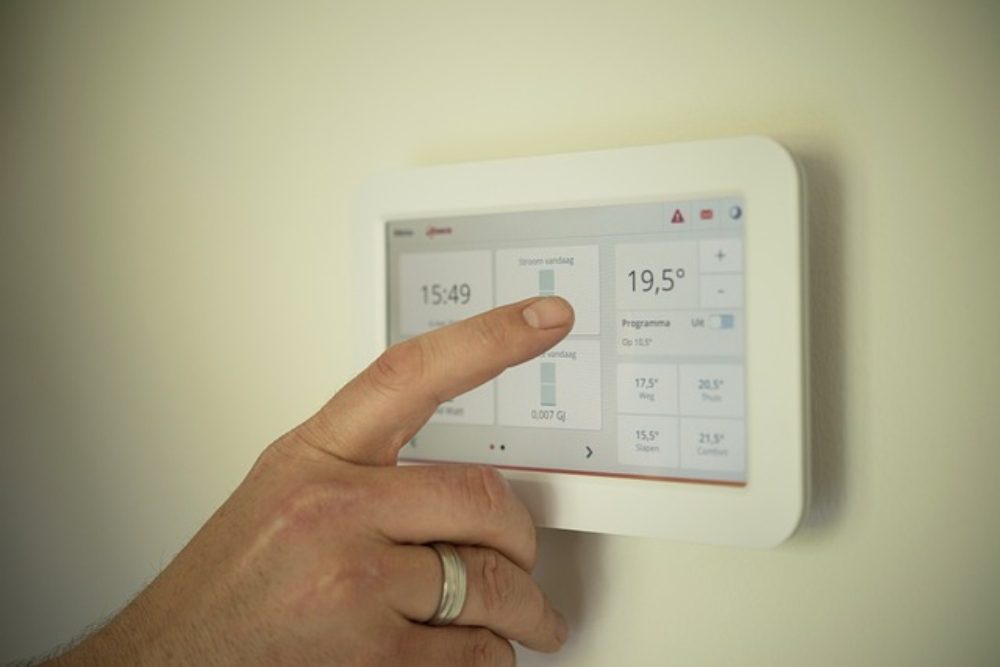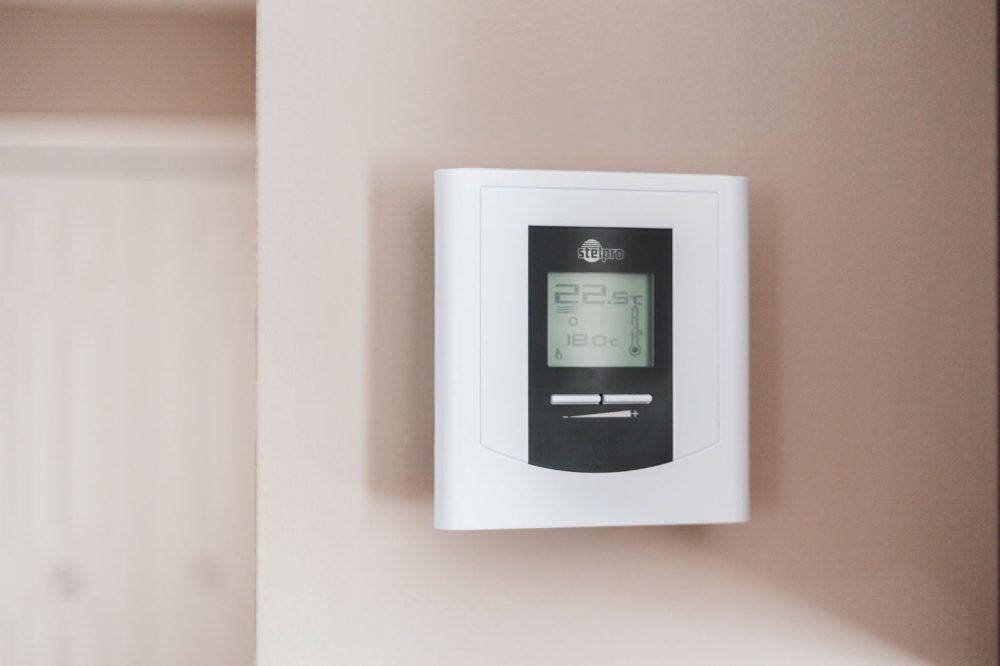Last Updated on April 29, 2024 by teamobn

Getting cozy with your heating system isn’t just about keeping warm in those chilly months. It’s about understanding its functionalities, learning to read the subtle signs of malfunctions, and taking timely action when things go wrong.
Contents
- 1 Warning Signs of Heating System Problems
- 1.1 1. The Silent Whispers of Your Heater
- 1.2 2. Overheating Issues
- 1.3 3. Frequent Cycling and Increase in Bills
- 1.4 4. Poor Heat Output and Distribution
- 1.5 5. Thermostat Troubles – Your Control Center Fails
- 1.6 6. The Unseen Issues Like Waste and Water Leaks
- 1.7 7. Choosing a Heating Repair Technician
- 2 Conclusion: Ensuring a Warm and Safe Winter at Home
Warning Signs of Heating System Problems
So, from strange noises to thermostat troubles, let’s dive into the common signs of problems with your heating system! You’ll learn how to stay one step ahead and ensure your home remains a haven of warmth and comfort all year round.
1. The Silent Whispers of Your Heater
When it comes to your heating system, silence is golden. If your heater begins to protest with odd noises, consider it a cry for help. Perhaps you’ve noticed a high-pitched squeal when your system kicks on.
Or maybe there’s an ominous rumbling noise that wasn’t there before. Don’t ignore these strange sounds, as they are warning signs that something within the system needs attention.
Deciphering these whispers can be tricky, but it’s important not to disregard them completely as they can indicate potential problems like loose parts or internal blockages.
2. Overheating Issues
Overheating is a common problem for heating systems and it’s an indication that all is not well. If your system is overheating, you may notice the following signs:
- Blasting hot air when it’s unnecessary, makes your home uncomfortably warm.
- The smell of burnt plastic or a smoky scent in your home.
- Signs of soot around your furnace or fresh soot circulating in your house.
Each sign indicates excessive heat generation in some part of the system. The overheating issue may stem from factors such as deteriorated components, insufficient lubrication, or a build-up of grime.
If not dealt with punctually, this complication can inflict severe harm to numerous parts of the heating system, ultimately leading to expensive repairs or even complete replacement needs.
3. Frequent Cycling and Increase in Bills
One noticeable sign of an ailing heating system is frequent cycling. This means your heater is endlessly switching from on to off or vice versa, operating in short bursts rather than providing consistent warmth.
You may start to feel as if you’re living with a temperamental roommate – it’s too hot one minute and too cold the next!
Another telltale sign is an unwelcome increase in your energy bills when everyone is looking for ways to minimize energy costs for their homes.
You could chalk this up to higher usage during colder months, but when combined with frequent cycling, it’s likely indicative of a deeper problem with your heating system. This kind of inconsistency can actually be hard on your heater creating unnecessary wear and tear over time – not to mention the impact on your home comfort level and utility budget.
4. Poor Heat Output and Distribution
When your heating system is functioning properly, it ensures that warmth is evenly distributed. If you start to notice uneven heating, with some rooms feeling chillier than others, it’s a sign of an issue with heat output or distribution. Other indicators include:
- Your heating system struggles to reach the temperature set on the thermostat.
- The air coming out of the vents isn’t warm enough, giving your home a constant chill.

Such underperformance doesn’t just hamper comfort but also forces your system to work harder to maintain adequate heat levels.
Consequently, it increases strain on the machinery and accelerates wear and tear. It’s best not to ignore these signs and seek help from a professional before they escalate.
5. Thermostat Troubles – Your Control Center Fails
The thermostat serves as the command center for your heating system, but even this crucial component can run into problems. You might find that it’s not keeping the correct room temperature or it could be unresponsive when you try to adjust settings.
There may be instances where your heating system seems unresponsive to the changes you make on the thermostat. This mismatch between what you command and how your system performs can signal trouble with the thermostat.

The issue could lie in a variety of areas – a sensor that’s not functioning as it should, problems related to wiring, or perhaps an old unit that’s reached its lifespan and needs replacement. But rest assured, it needs attention because without a well-functioning thermostat, achieving perfect indoor warmth becomes an uphill battle.
6. The Unseen Issues Like Waste and Water Leaks
Sometimes, your heating system vexes you with problems that aren’t as visible or obvious. Waste and water leaks might be happening out of sight, but they can cause significant damage if left unchecked. Possible indicators include:
- A steady increase in water bills despite normal usage.
- Wet spots around the heater or noticeable drips from the unit.
- The smell of waste gases like carbon monoxide – although this is colorless and odorless, it does get mixed with other gases that may give off an unusual smell.
Ignoring these signs could lead to more than just a faulty heating system; undiscovered leaks can damage your property over time and pose health risks. It’s important to regularly monitor any potential hidden issues within your heating system.
7. Choosing a Heating Repair Technician
When faced with any of these heating system issues, your immediate recourse should be to bring in a professional. But how do you make sure you’re choosing the right heating repair technician? Here are a few aspects you must consider:
- Check their licensing and certification to ensure they’re qualified to handle your specific heater model.
- Look at reviews and ratings from previous customers. This can give you a good idea of their reliability and quality of work.
- Ask about their experience especially if your heating problem seems out of the ordinary.
Remember, having an expert look at your system not only resolves current problems — it can also help in identifying potential future issues. With peace of mind from knowing that everything is functioning as it should, you can sit back and enjoy the warmth!
Conclusion: Ensuring a Warm and Safe Winter at Home
Understanding your heating system and being able to identify possible issues early on could mean the difference between biting cold nights or cozy winter evenings. From noticing strange noises to excessive heat, uneven distribution of warmth, and standout utility bills – learning these signs can save you a lot of hassle (and potentially, costs).
Remember to prioritize regular maintenance of your heating system. But when problems do arise, don’t shy away from calling in an expert. Nothing beats the assurance that comes with a well-maintained and efficiently running heating system when winter truly sets in! Keep warm, stay observant, and enjoy comfortable living throughout the year.








